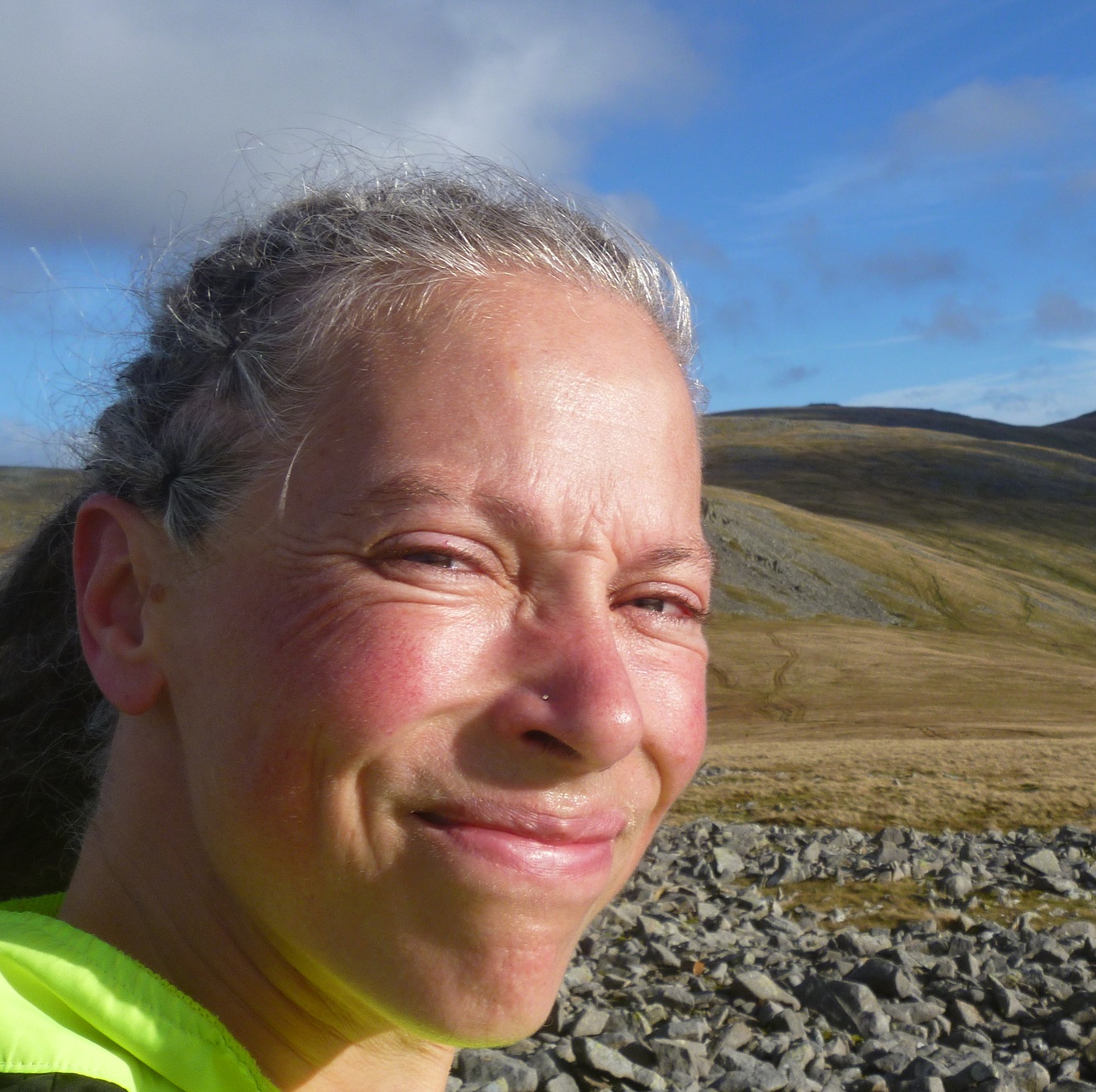Dr Margot Saher
Senior Lecturer

Affiliations
Contact info
Pronouns: she, her
Functions: SOS EDI lead, SOS Academic Integrity Officer
Room: 306 Craig Mair Phone: 01248 383819
E-mail: m.saher@bangor.ac.uk
Web: ResearchGate
I am a teaching and scholarship lecturer, teaching Ocean Science predominantly on the longer timescales (Orbital to Tectonic timescales). My background in science starts with a MSc in geology, followed by a PhD (completed in 2007) in climate reconstruction, both from the Free University in Amsterdam. During my PhD, which dealt with the strength of the Indian Monsoon during glacial terminations, I used foraminifera as a palaeoenvironmental proxy. I kept working with these microfossils for several research projects to come; at the Norwegian Polar Institute in Tromsø, I used them for monitoring anthropogenic warming in the Barents Sea. In 2009 I went to the UK to reconstruct sea level changes in the North Atlantic on short (500 years) timescales at Plymouth University, and on Milankovitch timescales at the Universities of Plymouth and York. In 2014 I moved to Bangor University to reconstruct the demise of the last ice sheet on the British Isles. In 2017 I made a move to full-time teaching.
Research Areas
Contact Info
Pronouns: she, her
Functions: SOS EDI lead, SOS Academic Integrity Officer
Room: 306 Craig Mair Phone: 01248 383819
E-mail: m.saher@bangor.ac.uk
Web: ResearchGate
I am a teaching and scholarship lecturer, teaching Ocean Science predominantly on the longer timescales (Orbital to Tectonic timescales). My background in science starts with a MSc in geology, followed by a PhD (completed in 2007) in climate reconstruction, both from the Free University in Amsterdam. During my PhD, which dealt with the strength of the Indian Monsoon during glacial terminations, I used foraminifera as a palaeoenvironmental proxy. I kept working with these microfossils for several research projects to come; at the Norwegian Polar Institute in Tromsø, I used them for monitoring anthropogenic warming in the Barents Sea. In 2009 I went to the UK to reconstruct sea level changes in the North Atlantic on short (500 years) timescales at Plymouth University, and on Milankovitch timescales at the Universities of Plymouth and York. In 2014 I moved to Bangor University to reconstruct the demise of the last ice sheet on the British Isles. In 2017 I made a move to full-time teaching.
Research Areas
Teaching and Supervision
I am currently module leader on the following modules:
OSX1003 Earth, Climate and Evolution
OSX2011 Ice and Oceans
OSX3000 Dissertation module
OSX3025 Marine Geology & Applications
I also teach on the following modules:
ONC1001 Dadansoddi Data Amgylcheddol
ONS1001 Environmental data & analysis
OSX1000 Tutorial 1
OSX2000 Science Communication
OSX2004 Estuary & Shelf Sea Processes
OSX3007 Coastal Processes field study
OSX3021 Oceans, Atmosphere and Climate
OSX4008 Research Design & Planning
OSX4009 Research Project
OSX4010 Key Concepts and Techniques
OSX4015 Climate and Climate Change
OSX4016 Literature Review-Project Plan
Grant Awards and Projects
Research projects participated in:
BRITICE-CHRONO (2014-2017)
Reconstruction of the maximum extent and demise of the British-Irish Ice Sheet
iGlass (2011-2014)
Reconstruction of sea level in previous interglacials
SeaLevel500 (2009-2011)
Reconstruction of sea level in the North Atlantic realm over the past 500 years
Climate and anthropogenic impact studies on food webs connected to the benthos in the Barents Sea (2007-2009)
Research areas and keywords
Keywords
- GC Oceanography - foraminifera, monsoon , MIlankovitch cycles, glacial-interglacial, palaeotemperature, stable oxygen isotopes, micropalaeontology, geochemistry
- QE Geology
Education / academic qualifications
- 2017 - PGCertHE , Bangor University
- 2007 - PhD , History of the Indian monsoon- implications of sea surface temperatures in the Arabian Sea over Terminations I and II (2001 - 2006)
- 2001 - MSc , Analogue modelling of fold-and-thrust belts
Research outputs (30)
- Published
Growth and retreat of the last British–Irish Ice Sheet, 31 000 to 15 000 years ago: the BRITICE‐CHRONO reconstruction.
Research output: Contribution to journal › Article › peer-review
- Published
Retreat dynamics of the eastern sector of the British–Irish Ice Sheet during the last glaciation
Research output: Contribution to journal › Article › peer-review
- Published
Exploring controls of the early and stepped deglaciation on the western margin of the British Irish Ice Sheet.
Research output: Contribution to journal › Article › peer-review
Prof. activities and awards (1)
Ogwen Valley Climate Festival
Activity: Other › Types of Public engagement and outreach - Festival/Exhibition

